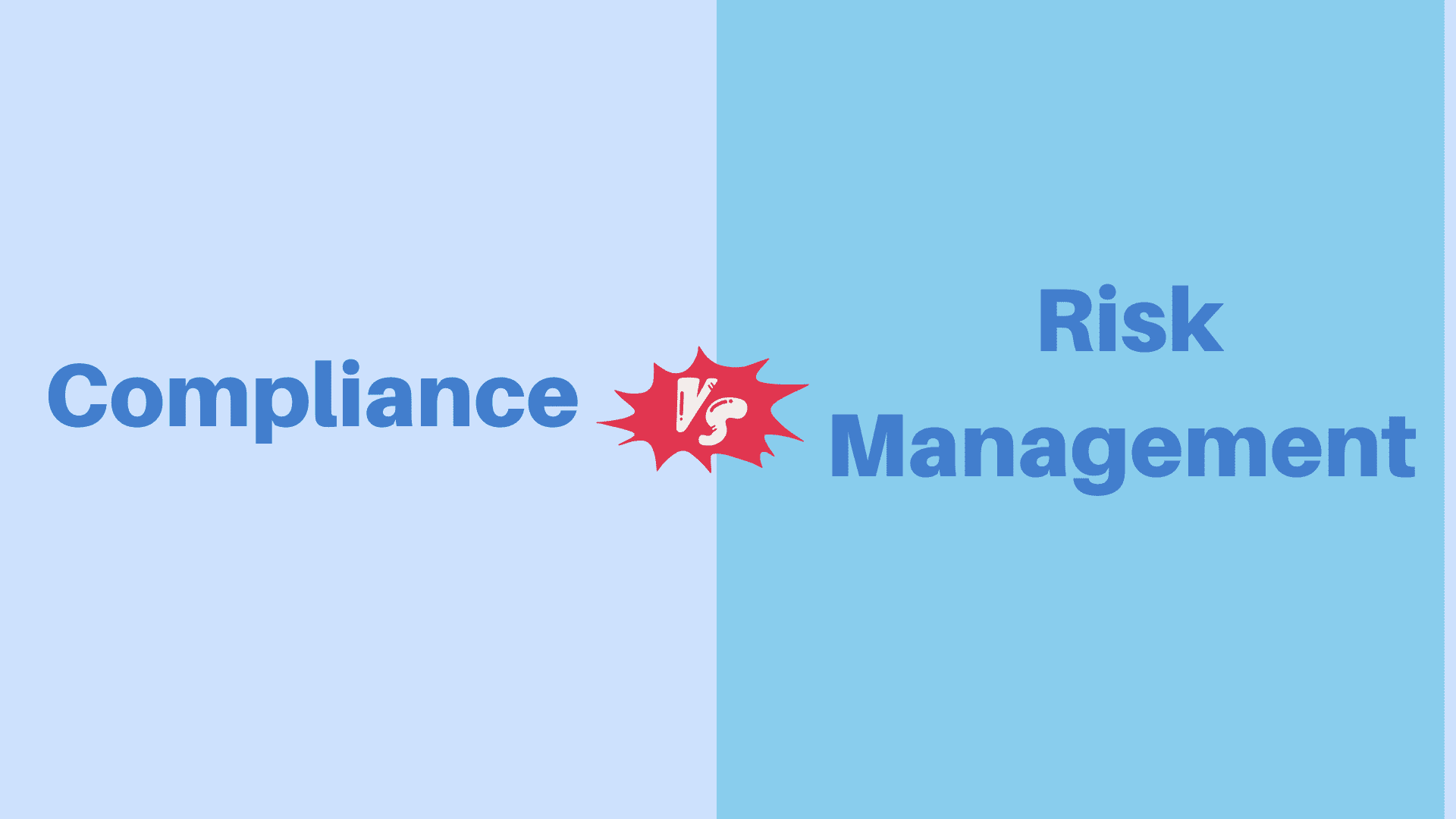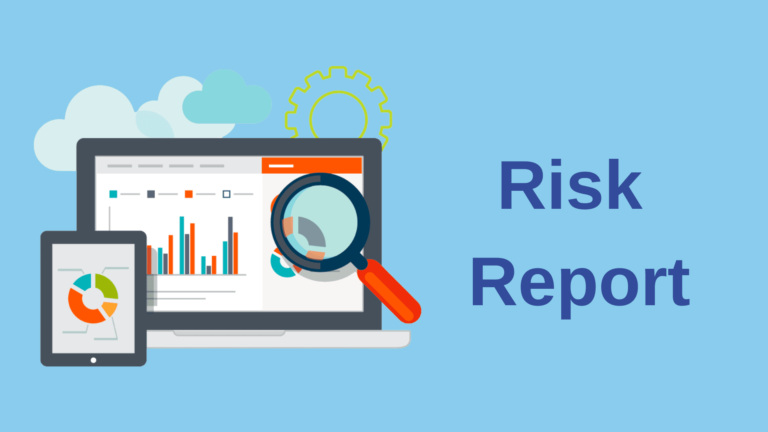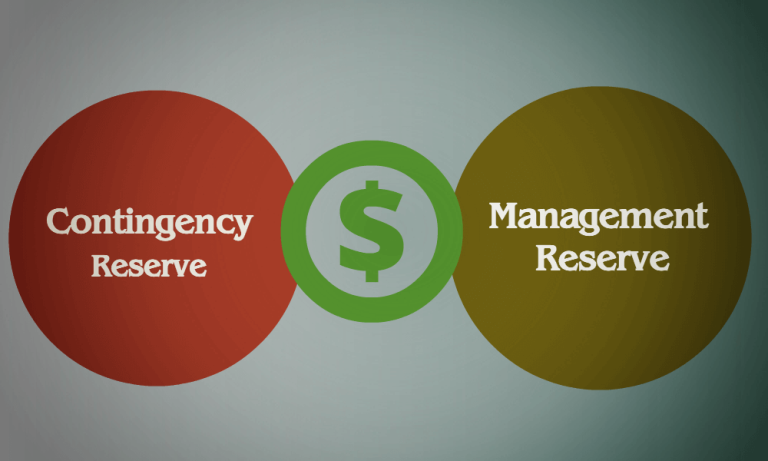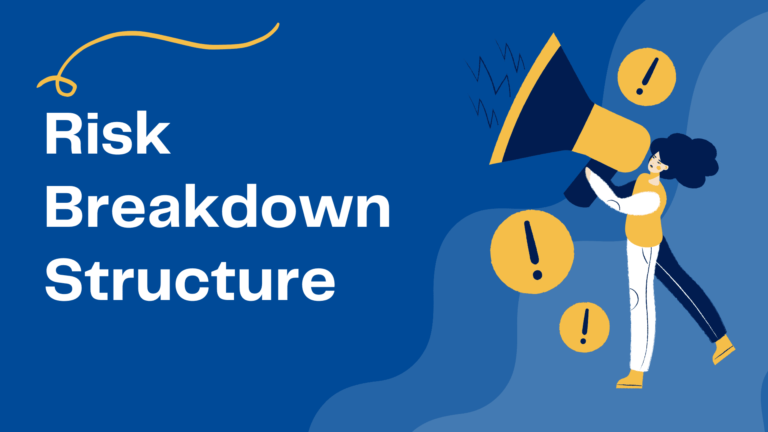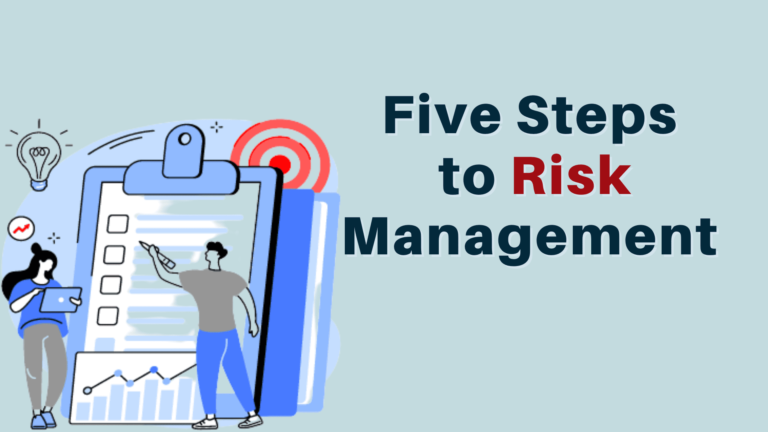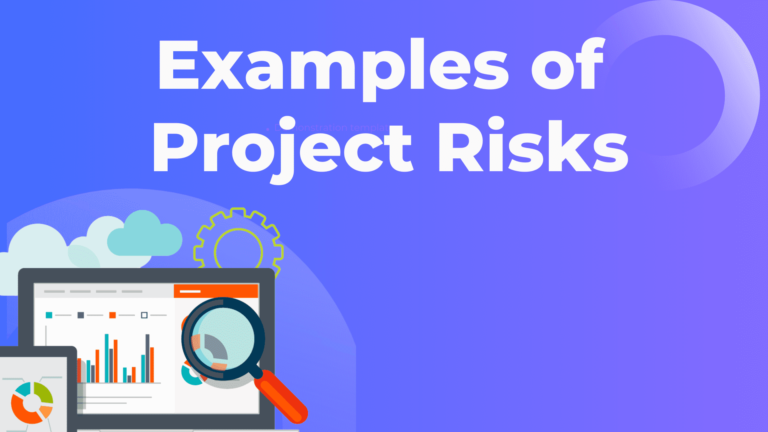Risk management and compliance are standard business terms that many professionals cannot differentiate between these concepts.
Though, there are some similarities between them, they are different, and you must know these terms to avoid issues with your project or business.
I am writing this blog post on compliance vs risk management to make things easy for you.
Let’s get started.
What is Compliance?
Compliance is conforming to laws, regulations, guidelines, and standards relevant to an industry, activity, or organization. It ensures that all operations and practices align with the established rules and requirements of governing bodies, industry regulators, and internal policies.
The compliance can be related to government or business like a contract agreement, procurement contract, purchase order, etc.
Compliance promotes ethical conduct, maintains transparency, and mitigates organizational risks. By adhering to compliance, businesses can prevent legal violations, fraud, misconduct, and other unethical behaviors that harm the project, organization, or its stakeholders.
You cannot avoid these legal commitments, as defaulting on them can cause substantial financial loss, penalties, and reputation damage.
Compliance covers many areas, including financial regulations, data protection, privacy, labor laws, cybersecurity, environmental regulations, product safety, anti-corruption measures, etc.
Compliance can be corporate compliance, which ensures that you follow the organization’s policies and procedures. Following these practices are mandatory for employees within the organization.
By operating within the boundaries of the law, organizations reduce the risk of legal disputes, reputational damage, and financial losses associated with non-compliance.
Compliance promotes operational efficiency and risk management. Organizations can proactively identify and address potential risks and vulnerabilities by implementing robust compliance programs. This allows them to develop effective controls, policies, and procedures to mitigate risks, protect sensitive data, and ensure the smooth functioning of business operations.
Compliance fosters a positive corporate culture. When employees understand and adhere to compliance standards, it cultivates a sense of professionalism, ethics, and accountability throughout the organization.
However, compliance can also present challenges for organizations. Maintaining constantly evolving regulations, industry standards, and legal requirements requires ongoing effort and resources.
Compliance programs must be regularly reviewed, updated, and communicated to ensure effectiveness and avoid legal troubles.
Generally, big organizations have separate departments for compliance risk management. Compliance risk management refers to identifying, assessing, managing, and monitoring the risks associated with non-compliance with laws, regulations, and internal policies.
It involves implementing strategies to ensure that the organization’s compliance obligations are within the boundaries of legal and regulatory requirements while effectively managing the risks associated with non-compliance.
What is Risk Management?
Risk management helps you manage potential risks. It is a process of managing risk in a project or operations. Risk management includes managing positive and negative risks.
For negative risks, you will try to avoid them entirely or reduce their impact or probability. For positive risks, you will increase the chance of occurring and the impact to realize the opportunity.
At the enterprise level, risk management is an enterprise risk management.
The five steps to risk management are as follows:
- Risk Identification
- Risk Analysis
- Developing Response Strategies
- Implement Risk Responses
- Risk Monitoring and Control
Read my post on five risk management steps to learn more about it.
Difference between Compliance and Risk Management
Compliance is a part of risk management. Your business or project must be 100% compliant with the regulations and abide by all agreements. Non-compliance with any rule is a risk to the company or project.
Risk management helps you address risks that can threaten your ability to achieve business objectives, and being unable to maintain regulatory compliance is one of those risks. It ensures that a business or project is safe from the negative impact of the risks, and compliance ensures the business or project always follows the land of the law.
Compliance and risk management work together to identify every danger and develop a response plan.
Compliance is the legal requirement that a business must abide by, and if people do not follow the risk management process, it can affect the business objective.
Compliance is a subset of risk management. A robust risk management plan takes care of business compliance requirements as well.
Risk management and compliance help organizations maintain their integrity at all levels. A business cannot have sound risk management without compliance and vice versa.
Compliances are prescriptive and result in a tactical, check-the-box approach that requires organizations to adhere to the rules. Risk management is predictive. You forecast risks; and develop a response plan to manage them.
Compliance is tactical, as you must follow them. In contrast, Risk management is a strategy as you find the risk and develop strategies to manage them.
Organizations must comply with existing laws and regulations to be compliant. Risk management, on the other hand, must be more proactive.

Summary
Risk management and compliance are closely linked. You cannot avoid compliance and must follow them at all costs. Avoiding compliance is a great risk to the business. A robust risk management program protects organizations from compliance risks, legal liabilities, financial uncertainties, etc. It ensures that the business or project is safe from risks and 100% compliant with the laws and regulations.

I am Mohammad Fahad Usmani, B.E. PMP, PMI-RMP. I have been blogging on project management topics since 2011. To date, thousands of professionals have passed the PMP exam using my resources.

